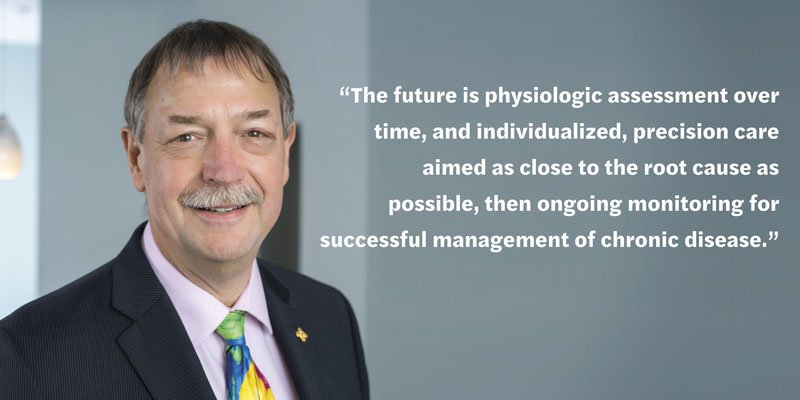Dr. Steve Carstensen sees new dental-sleep innovations every day. He says that assessing patients with individualized, precision care is integral to finding the right therapy for the best response.

In the past few months, we’ve seen approval of a drug for sleep apnea that was originally intended for diabetics, then became a weight-loss magic bullet, now this. A sleep doctor I work with wondered “Am I going to have to learn how to prescribe tirzepatide now?”
As we continue to address the undiagnosed, a simple (appearing) ring has been FDA cleared to provide diagnostic data. Under-mattress mats, watches, stick-on ‘wearables’ and bedside ‘nearables’ have been added. Every week our news feed provides technological approaches to screening, diagnosing, treating, and following patients in airway management.
Learning how physiology is impacted by poor sleep and individual therapy choices is becoming easier, faster, cheaper and better (because of multiple-night measurement) than ever before.
Treatment, with PAP or oral devices, is not changing so rapidly, but we get new ideas from time to time. Surgery, orthodontics, and nerve stimulation are still on the table for those whose suffering from breathing problems overcomes the barriers to invasive strategies.
With James Nestor’s book Breath kicking it off in 2020, and a pandemic focusing many on breathing health, popular awareness of respiration and its contribution to health and wellness is stronger than ever. People are asking questions of their healthcare team, including dentists, wondering “how is [this] going to improve my breathing?” and, “how can I sleep better?”
Learning about a new device, mask, technique, or colleague is not going to keep any provider ahead of their well-informed patients. Yes, most dentists can learn more about how a PAP works, physicians can improve their vocabulary about mandibular advancement devices. All of us understanding the plusses and minuses (the real ones, not the myths, like “TMJ” or “Hate CPAP”) of treatment choices will benefit our patients and collegiality.
What is necessary is to participate with our patients in discovering what ideas are most likely to work for them. As many have said, ‘you can’t sell what you don’t have on the shelf.’ When our well-informed patients ask us about a new medication, strategy, or positional device, we may not need to understand every detail, but if that moment makes you realize that they’ve heard of something you have not, it’s time to dig in and see what’s been happening while you’ve been practicing good medicine with what you learned ‘back then.’
The future is physiologic assessment over time, and individualized, precision care aimed as close to the root cause as possible, then ongoing monitoring for successful management of chronic disease. Including not resting on our laurels when signs and symptoms are normalized – people change, so do their responses. Embracing new technology and the commitment to ongoing interactions with your patients means change for their healthcare team, too. It’s easier, faster, better, and cheaper than ever. Better medicine.
Assessing patients can mean looking at specific issues, such as gender differences in sleep and OSA. Dr. Alison Kole sheds light on treating females with sleep apnea in her article, “Sleep Through Her Eyes: Unpacking Gender Differences in Sleep and OSA,” at https://dentalsleeppractice.com/sleep-through-her-eyes-unpacking-gender-differences-in-sleep-and-osa/.




